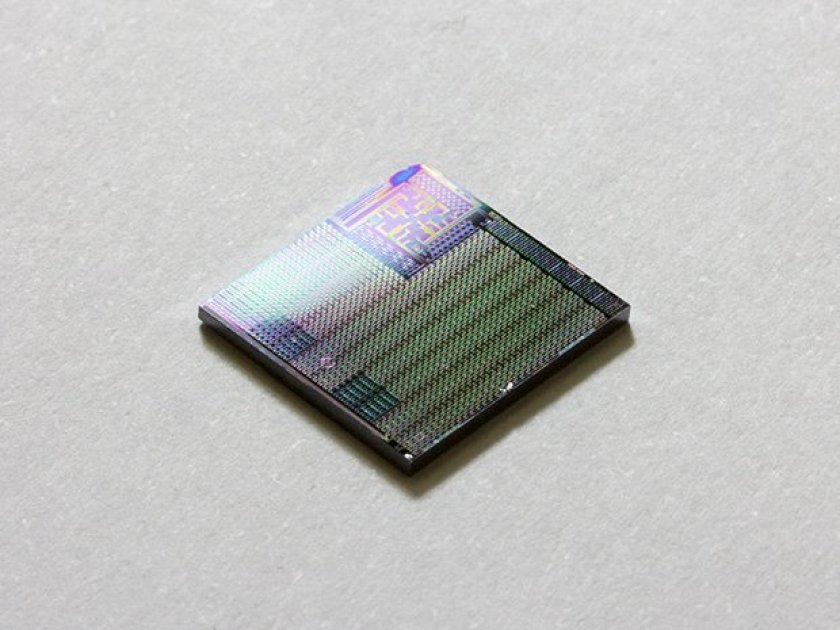
This spring, Stephen Hawking and Russian venture capitalist Yuri Milner announced their aggressive plan to send a probe to Earth’s closest star in just 20 years. Called Breakthrough Starshot, the idea is to send a “self-healing” microchip to Alpha Centauri, propelling the probe by blasting it with lasers from Earth. (Alpha Centauri is the closest star system to our Solar System.) Sounds crazy, right? Well, NASA sure doesn’t think so; it just backed the project.
With $100 million in research and development already spent on the project to establish a proof of concept (learn more in the video below), Hawking and Milner are now looking to solve one of the project’s bigger challenges of protecting the microchip as it speeds through space at 134 million mph. Due to its immense speed, the chip can’t be weighed down by the typical protective paneling that spaceships are coated with. That’s where NASA’s expertise comes in handy.
Working with the Korea Institute of Science and Technology (KAIST), the American space agency thinks the best solution could be a “self-healing” transistor, a common component in circuit boards that transmit electrical signals. The experimental transistor is thought to be the best option because it’s both small and lightweight.
Similar to how a glassblower works, the transistor is also able to heat and cool itself to repair any damage sustained from radiation. “Therefore, the lifetime of devices can be extended, which opens an opportunity for nano-spacecraft sustainable for more than 20 years of deep space exploration,” NASA and KAIST researchers wrote in a paper. (Read it here.)

While there are many kinks to work out before the plan can be launched, NASA’s contribution marks a significant step in the right direction. If these special transistors turn out to be the solution, it would be nothing short of groundbreaking.
This article was featured in the InsideHook newsletter. Sign up now.






















